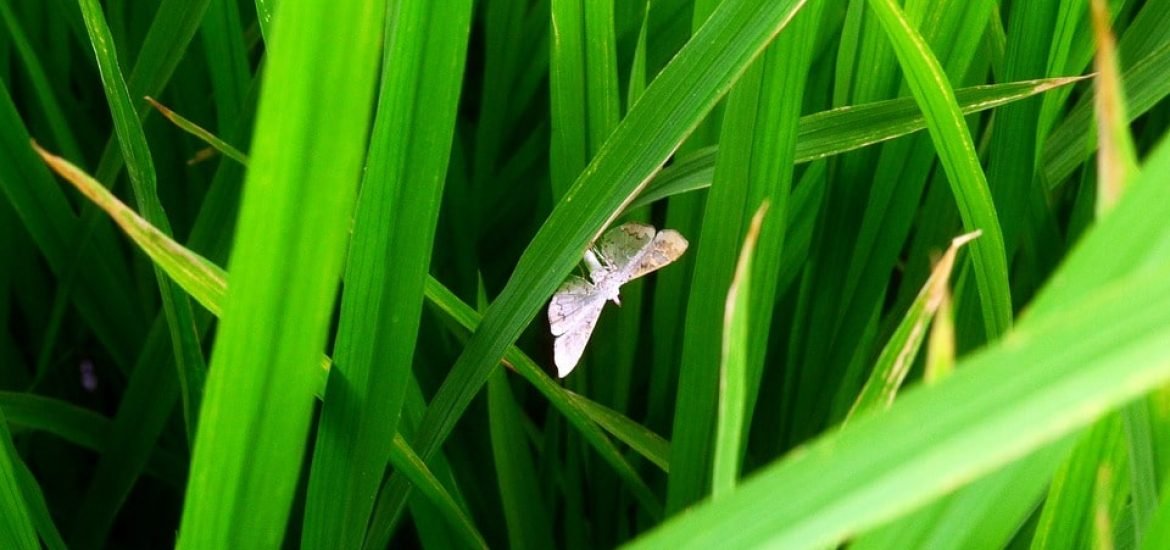
A team from the Universitat Politècnica de València (UPV) and the Spanish National Research Council (Consejo Superior de Investigaciones Científicas, CSIC) developed genetically modified plants that can produce sex pheromones to control pests like moths and other insects, according to a study published in the journal Biodesign Research (1). The aim is to reduce the use of pesticides.
The team used Nicotiana benthamiana (a close relative of tobacco) as the model plant, which they genetically modified to produce and release certain volatile compounds such as moth pheromones. In effect, they turned the plant into a pheromone bio factory.
“The plant-based bioproduction of insect sex pheromones is an innovative and sustainable strategy for pest control in agriculture. In this study, we have developed transgenic plants that produce two volatile compounds present in many lepidopteran sex pheromone mixtures. These modified plants do not only produce the compounds; they can also release them into the atmosphere. This means that in the future, they could be used in pest control techniques such as creating sexual confusion in pest males, or in strategies such as push and pull,” explains Diego Orzáez, a researcher at the Institute of Molecular and Cellular Biology of Plants (UPV-CSIC).
Sexual confusion happens when the concentration of pheromones in the air is so high that the males have difficulty spotting the females. This prevents —or at least delays—reproduction of the species, inevitably resulting in a gradual reduction of the population and a greater control of the pest.
“So far, these pheromones have been obtained by chemical synthesis and released into the environment by means of biodispensers in order to attract or confuse the insects. What we have achieved is for a model plant to release the pheromone, which is an unquestionably important step towards crop protection, although it is still too early to transfer these results to the field,” adds Orzáez.
At the moment, the plants are only being tested in controlled laboratory conditions, but the researchers hope to take them to the field soon. Before the next step, however, researchers still need to increase the emission capacity of the plants to ensure the mechanism works in open conditions. This was one of the reasons why the team picked the tobacco family in the first place because they already have a mechanism to release many compounds on their own.
(1) Mateos-Fernández R, Moreno-Giménez E, Gianoglio S, Quijano-Rubio A, Gavaldá-García J, Estellés L, Rubert A, Rambla J, Vazquez-Vilar M, Huet E, Fernández-del-Carmen A, Espinosa-Ruiz A, Juteršek M, Vacas S, Navarro I, Navarro-Llopis V, Primo J, Orzáez D (2021) Production of Volatile Moth Sex Pheromones in Transgenic Nicotiana benthamiana Plants. BioDesign Research, https://doi.org/10.34133/2021/9891082